Preamble
In Windows, when the operating system crashes, an emergency memory dump is automatically created and saved in the Windows system directory in the MEMORY.DMP file (%SystemRoot%\MEMORY.DMP).
This file helps to determine the cause of operating system failure and determine the process that may have caused the OS to shut down. The memory dump file can be several gigabytes in size, so special tools are required to analyze it.
The steps to be taken to analyze the MEMORY.DMP emergency memory dump file
To read the MEMORY.DMP file, you will need a special utility: Debugging Tools for Windows (WinDbg), which is part of Windows 10 SDK, you can download it here: Windows 10 SDK, both as an installer and as an ISO file.
The SDK (software development kit) is a development kit that allows software professionals to create applications for a specific software package, software basic development tools, hardware platform, computer system, game consoles, operating systems and other platforms.
Installing Debugging Tools for Windows from the Software Development Kit (SDK)
1. Run the installation file on the computer where the MEMORY.DMP emergency memory dump analysis will be performed.
2. Select the installation path and press Next 2 times.
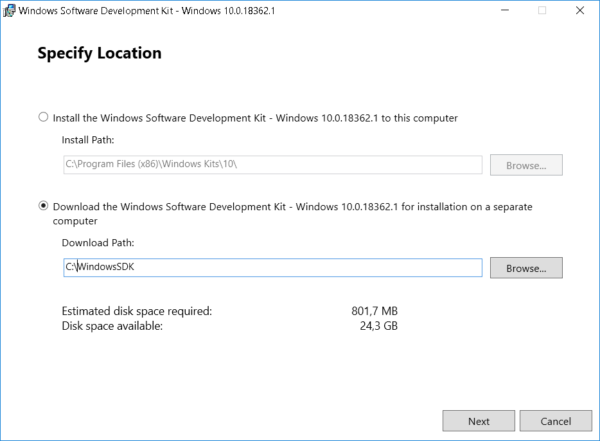
3. Adopt license agreement
4. Select Debugging Tools for Windows in the window of selecting a set of utilities to be installed (you won’t need any other items to analyze the memory dump) and press Install
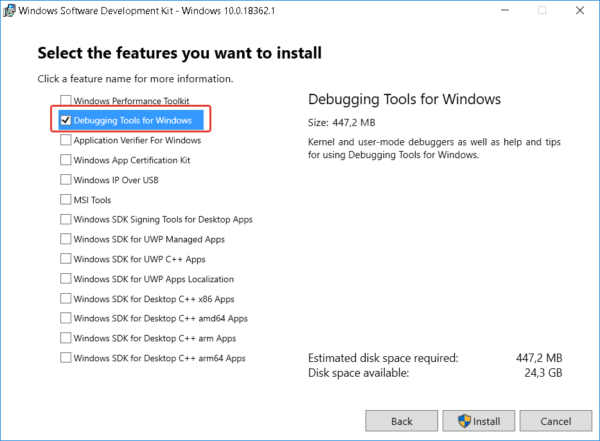
5. When the installation is complete, press Close

The Debugging Tools for Windows utility is installed.
MEMORY.DMP emergency memory dump analysis
1. Run the installed WinDbg utility and select Open Crash Dump in the File menu.
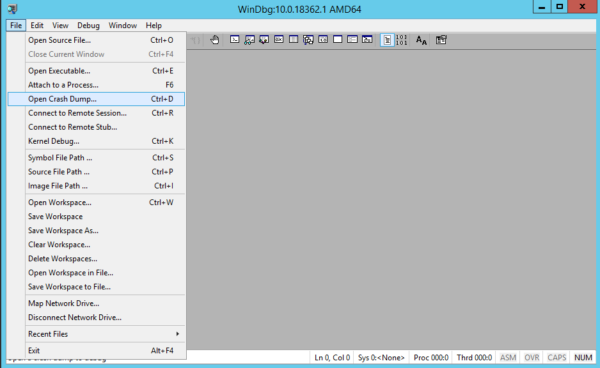
2. In the file opening window, go to the MEMORY.DMP file path and open it
3. After studying the headlines, click on the link: !analyze -v or enter this command manually
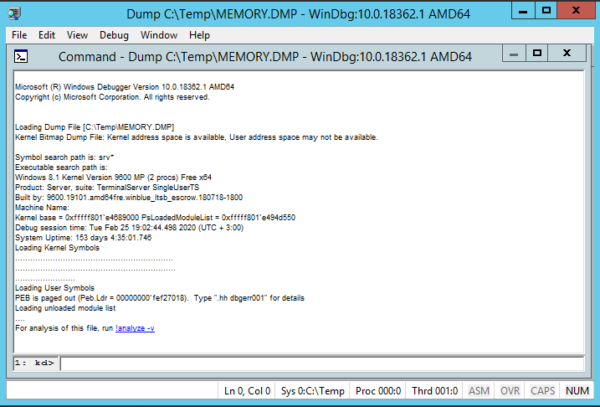
4. Waiting for some time for the utility to read the file and search for errors
5. Analyzing information about the process that caused Windows to crash
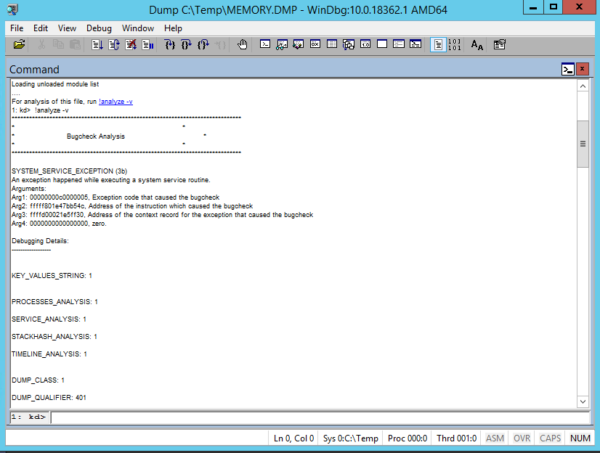
Using this information, you can understand which process caused the OS crash.
If the specified process belongs to the software manufacturer, you can refer to it with the corresponding case.
About Enteros
Enteros offers a patented database performance management SaaS platform. It proactively identifies root causes of complex business-impacting database scalability and performance issues across a growing number of clouds, RDBMS, NoSQL, and machine learning database platforms.
The views expressed on this blog are those of the author and do not necessarily reflect the opinions of Enteros Inc. This blog may contain links to the content of third-party sites. By providing such links, Enteros Inc. does not adopt, guarantee, approve, or endorse the information, views, or products available on such sites.
Are you interested in writing for Enteros’ Blog? Please send us a pitch!
RELATED POSTS
Growth-Ready eCommerce Operations: How Enteros Transforms Database Performance and Digital Scalability
- 24 December 2025
- Database Performance Management
Introduction The eCommerce sector is experiencing relentless growth driven by mobile commerce, omnichannel strategies, AI-powered personalization, global marketplaces, and real-time digital experiences. From flash sales and festive spikes to subscription commerce and cross-border transactions, modern eCommerce platforms operate at massive scale and velocity. At the core of this digital engine lies a complex ecosystem of … Continue reading “Growth-Ready eCommerce Operations: How Enteros Transforms Database Performance and Digital Scalability”
Optimizing Real Estate IT Economics: How Enteros Delivers Accurate Cost Estimation and Cost Attribution
Introduction The real estate sector is undergoing a fundamental digital transformation. From smart buildings and property management platforms to AI-driven valuation models, tenant experience apps, and real-time portfolio analytics, modern real estate enterprises are becoming data-intensive technology organizations. Behind every leasing platform, asset management system, CRM, IoT-enabled building dashboard, and analytics engine lies a complex … Continue reading “Optimizing Real Estate IT Economics: How Enteros Delivers Accurate Cost Estimation and Cost Attribution”
Scaling BFSI Innovation: How Enteros Aligns Performance Management, Cost Estimation, and Growth Strategy
- 23 December 2025
- Database Performance Management
Introduction The Banking, Financial Services, and Insurance (BFSI) sector is undergoing one of the most aggressive digital transformations in its history. Real-time payments, digital lending platforms, mobile banking apps, AI-driven fraud detection, open banking APIs, regulatory reporting systems, and wealth management platforms all rely on high-performing, always-available data infrastructure. At the heart of this digital … Continue reading “Scaling BFSI Innovation: How Enteros Aligns Performance Management, Cost Estimation, and Growth Strategy”
Healthcare IT Reinvented: How Enteros Delivers High-Performance Databases with Cloud FinOps Governance
Introduction Healthcare organizations are undergoing one of the most complex digital transformations of any industry. Electronic Health Records (EHRs), telemedicine platforms, clinical research systems, patient engagement apps, AI-assisted diagnostics, and revenue cycle management tools all rely on high-performing, always-available databases running across cloud and hybrid infrastructures. However, as healthcare IT ecosystems expand, so do the … Continue reading “Healthcare IT Reinvented: How Enteros Delivers High-Performance Databases with Cloud FinOps Governance”